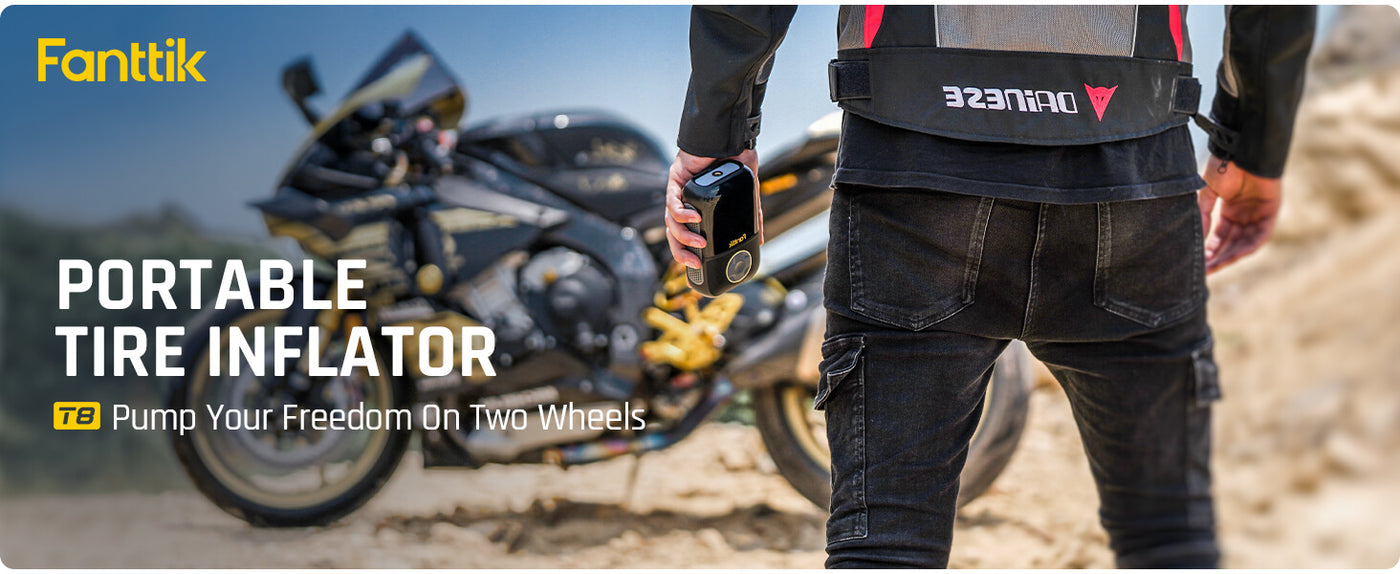Jump Starters Demystified: Understanding the Different Types and Features
Cuerpo
Jump starters are essential tools for any vehicle owner, providing a reliable solution for starting a dead battery. However, with the wide range of options available in the market, it can be overwhelming to choose the best jump starter for your needs. In this article, we will demystify the different types and features of jump starters, helping you make an informed decision.

Types of Jump Starters
Jump starters come in various types, each with its own set of advantages and limitations. Understanding these types will help you determine which one suits your requirements.
1. Portable Jump Starters
Portable jump starters are compact and lightweight, making them easy to carry in your vehicle. They typically come with built-in batteries and can be recharged using a standard wall outlet or a car's cigarette lighter. Portable jump starters are versatile and can be used for jump-starting cars, motorcycles, boats, and even small appliances.
One of the key advantages of portable jump starters is their convenience. They eliminate the need for another vehicle to jump-start your car, making them ideal for emergencies or situations where help may not be readily available.
2. Plug-in Jump Starters
Plug-in jump starters, also known as wall-powered jump starters, are designed to be connected directly to a power outlet. They do not have built-in batteries and rely on a constant power source to provide the necessary boost to start a vehicle. These jump starters are typically more powerful than portable ones and are suitable for larger vehicles such as trucks and SUVs.
While plug-in jump starters offer high power output, they are less portable and require access to a power outlet. They are commonly used in professional settings, such as auto repair shops or roadside assistance services.
Features to Consider
When choosing a jump starter, it is important to consider the following features to ensure it meets your specific needs:
1. Power Output
The power output of a jump starter determines its ability to start a vehicle. It is measured in peak amps or cranking amps. Higher power output is generally better, especially for larger vehicles or those with larger engines. However, it is important to strike a balance between power and portability.
2. Safety Features
Safety should be a top priority when dealing with jump starters. Look for features such as reverse polarity protection, which prevents damage to the vehicle's electrical system in case of incorrect connections. Overload protection and short-circuit protection are also important to prevent damage to the jump starter itself.
3. Additional Functions
Some jump starters come with additional functions that can be useful in emergency situations. These may include built-in flashlights, USB ports for charging electronic devices, or even air compressors for inflating tires. Consider your specific needs and choose a jump starter that offers the desired additional functions.
Conclusion
Choosing the right jump starter can save you from the frustration of a dead battery and the inconvenience of waiting for assistance. By understanding the different types and features of jump starters, you can make an informed decision that suits your needs.
Remember to always follow the manufacturer's instructions and safety guidelines when using a jump starter. Regularly check the condition of your jump starter and ensure it is properly charged or maintained to ensure its effectiveness when needed.
For more information on jump starters and related topics, you can visit the following credible sites:










Comentarios